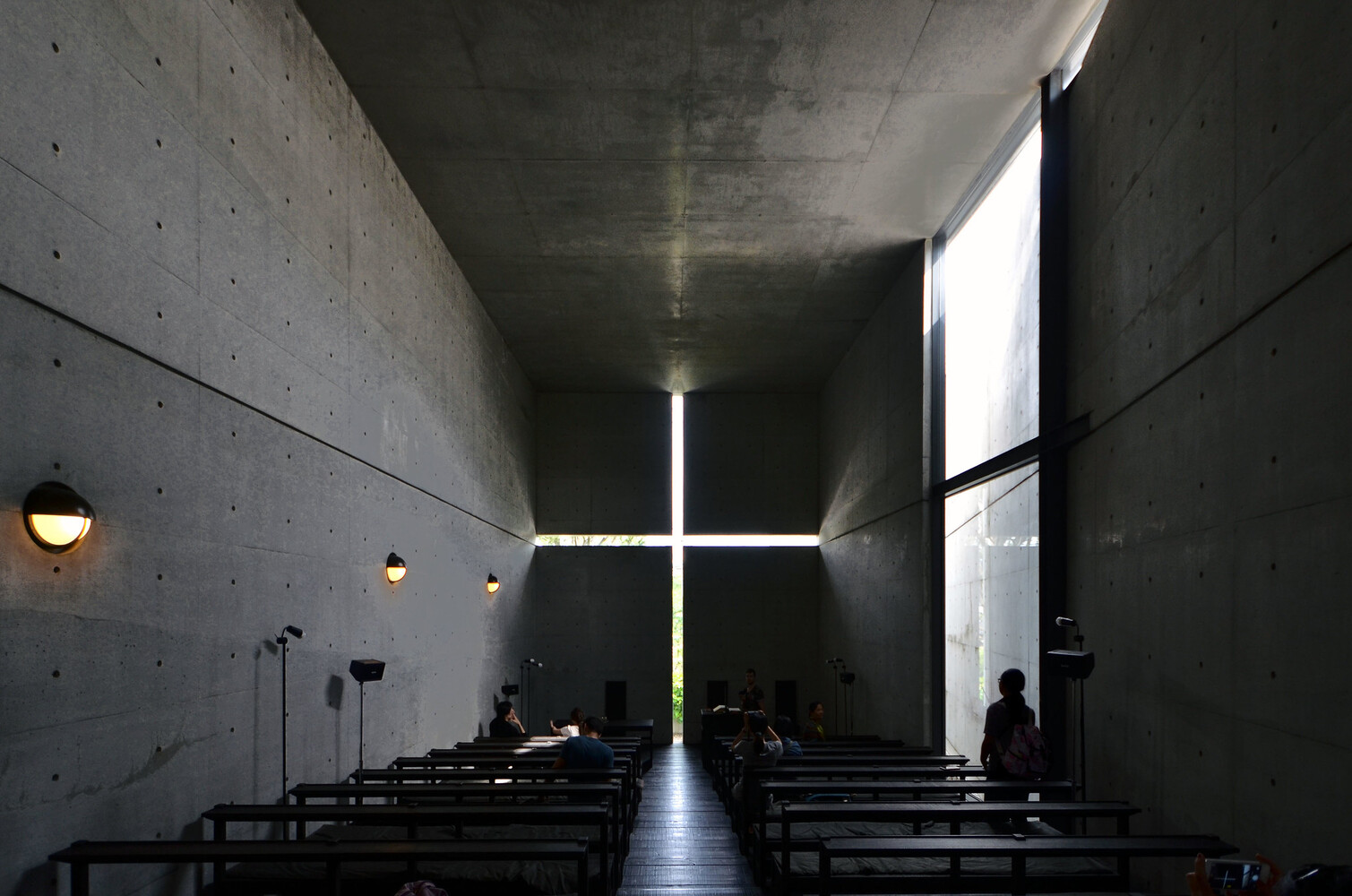The Use of Light as a Divine Element in 5 Modern Churches
The use of light in religious constructions as an element of association with the divine has been present throughout the history of humanity. Historically, a series of temples from various religions have used this technique as an attempt to visually and perceptibly approach humans to a sacred and intangible dimension. Light is often given a spiritual connotation and significant symbolic force, capable of modifying people’s relationships, perceptions, and experiences with their surroundings. Thus, it is an element that has been, and still is, used by architecture to create scenarios and effects in many religious spaces, especially churches.
The Catholic Church, with many typologies and architectural styles over time, has accompanied and associated itself with this luminous relationship since its classic era constructions, such as the oculus in the Roman Pantheon or its colorful stained-glass windows in Gothic churches, such as Notre Dame Cathedral in Paris. In recent decades, especially after modernism, many architects have incorporated lighting into their church projects, reiterating this historical relationship between light and the divine by creating environments and scenarios with monumental luminous effects. Plays of light and shadow, colored light beams, or openings and frames that project light effects inside churches are some of the languages and strategies used, which also help to reaffirm the monumentality associated with these spaces.
 Picture: hetgallery, via Visualhunt.com
Picture: hetgallery, via Visualhunt.com
Comments :